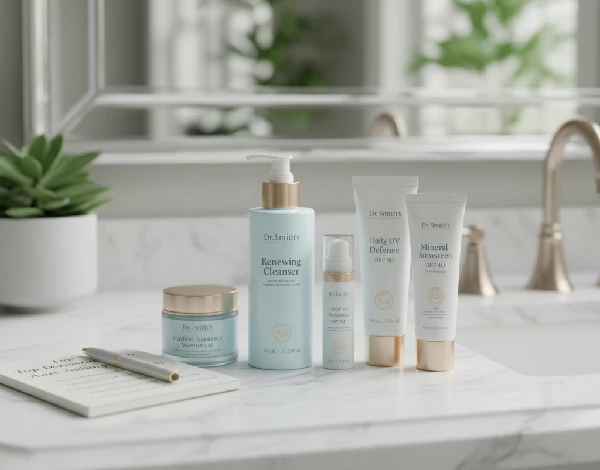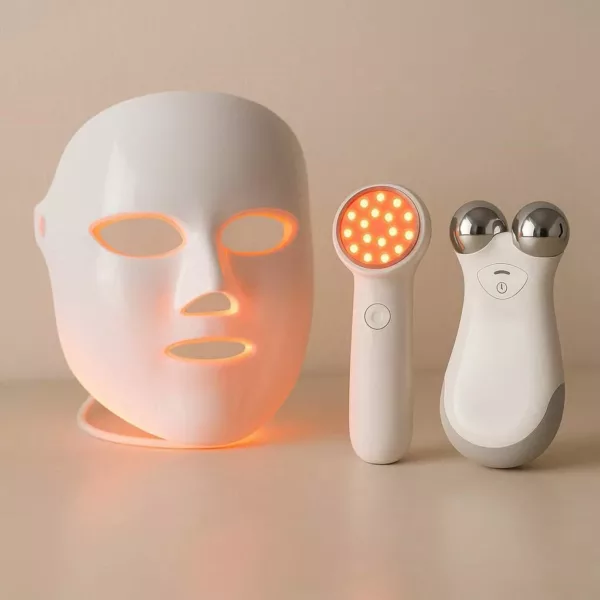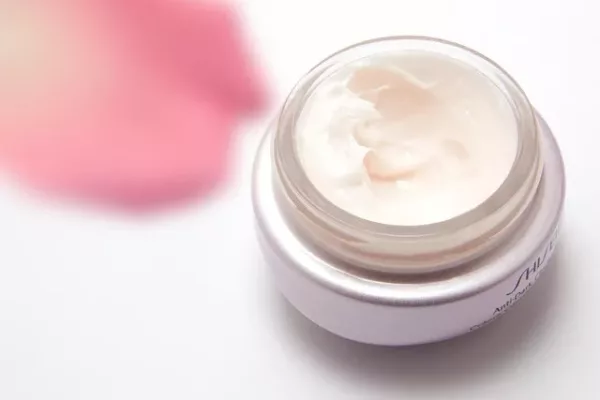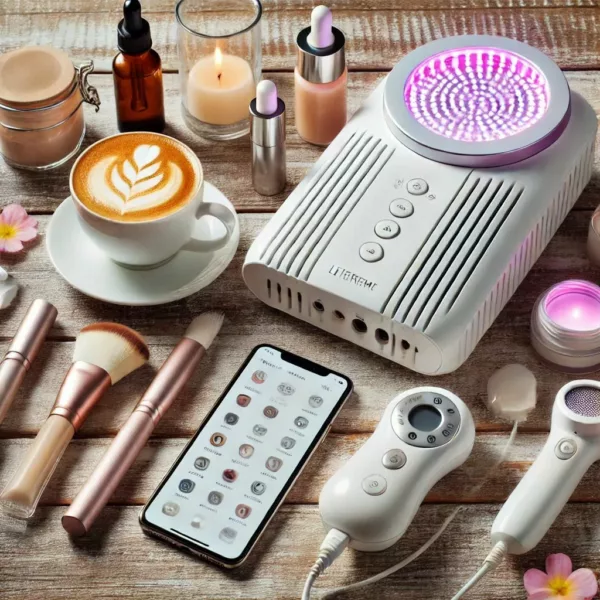Nonenal body odor, often referred to as “old person smell,” isn’t just a catchy term. This unique odor is primarily found in people over 40 and has a distinct grassy and greasy scent. Unlike common body odors that might originate from sweat and bacteria, nonenal develops due to the oxidation of fatty acids on the skin’s surface. This process creates this specific smell, setting it apart from your typical post-gym funk.
The formation of nonenal is pretty much a natural part of aging. As we grow older, our skin starts to produce more fatty acids, but with fewer antioxidants to combat oxidation, these fatty acids transform into nonenal. This means it’s not just about being sweaty or unhygienic; it’s a chemical change happening as a result of aging.
Curious about who gets stuck with this odor more often? While anyone past their 40s might experience it, factors like gender and lifestyle also play a role. Men, for instance, tend to have stronger body odors due to generally higher activity levels and testosterone that increases sweat production. Women aren’t off the hook, though. Female body chemistry changes during menopause can also up the ante for nonenal formation.
Okay, so can you smell nonenal on yourself? This might depend on how sensitive you are to this odor and whether you’re actively looking for it. Some folks can detect it quite easily, others might need a friendly nudge from someone close to them. Self-awareness and regular hygiene checks can help in assessing whether you’re becoming part of the club.
Decoding the Aroma: What Does Nonenal Smell Like and Why?
Ever caught a whiff of something grassy and greasy combined and wondered if it was you? That might just be nonenal body odor making its presence known. This distinct smell is unlike the typical odors caused by sweat or bacteria, which often resemble stale or sour notes. Instead, nonenal carries an earthy scent, sort of like old leather or wet rags, peculiar to its makeup.
You might notice it more in temperature-raising scenarios or confined places, like when opening your legs. This is because nonenal tends to concentrate in areas where your skin produces more oil, especially in warm and intimate spaces. It’s not unusual for this odor to catch you off guard during routine activities.
Now, here’s something to think about: nonenal’s intensity often intensifies with age. It’s directly linked to hormonal changes, particularly as our bodies go through less-than-surprising changes later in life. As we age, the sebaceous glands work overtime, resulting in more fatty acids, which, thanks to oxidation, lead to increased nonenal formation.
Differentiating nonenal from other body odors takes a keen sense of smell. You know it’s not the same as the post-workout funk or body odor after a long day. Identifying it helps you acknowledge what exactly you’re dealing with, making prevention and management that much more feasible.
Why Nonenal Odor Increases With Age
Several biological changes contribute to this unique scent:
1. Changes in Skin Oils (Sebum)
With age, the skin begins producing more omega-7 fatty acids, which are more prone to oxidation. This oxidation is what creates 2-nonenal.
2. Lower Antioxidant Levels
After 40, our skin’s natural antioxidant defenses decline. With fewer antioxidants to protect fats from breaking down, odor-forming compounds rise.
3. Hormonal Shifts
Declining estrogen (in all genders) changes the way sebaceous glands function, directly influencing body odor.
4. Microbiome Changes
The skin’s ecosystem shifts as we age. New bacterial balances can amplify oxidized scents.
Strategies for Managing and Reducing Nonenal Body Odor
Let’s talk solutions. Getting rid of nonenal body odor can be more straightforward than it seems. It starts with small lifestyle tweaks, like staying fresh. Regular hygiene routines are a must. We’re talking daily showers and focusing on areas prone to oil build-up, such as the armpits and behind the knees. Soap with antibacterial properties works wonders in breaking down nonenal. Why not level up and try a dedicated nonenal combating wash while you’re at it?
Skincare can be your best ally. Hydrated skin oxidizes less. Look for moisturizers with Vitamin E, green tea, ceramides, squalane, and/or niacinamide. Consider. Persimmon extract is also an effective ingredient. These ingredients have been shown to reduce nonenal production. With skincare, consistency is key. Weekly exfoliation helps clear dead skin cells, reducing oxidation on the skin. Try using AHA/BHA body washes, exfoliating gloves or cloths, or low-abrasion scrubs.
To help keep odors at bay, wash clothing thoroughly. Nonenal binds strongly to fabrics—and regular laundry detergents may not fully eliminate it. Boost your wash routine with enzyme detergents, baking soda, white vinegar in the rinse cycle, or oxygen-based cleaners. Avoid bleach—it doesn’t target nonenal compounds.
Diet doesn’t just impact your waistline—it affects your natural scent too. Foods rich in antioxidants, like colorful fruits and veggies, are your friends. They can help reduce the oxidation process that gives rise to nonenal odors. Cutting down on fatty foods might also lower the fatty acids your skin produces. Boost your internal defenses with green tea, berries, leafy greens, Vitamin C + E-rich foods, and Omega-3 fatty acids.
Now, let’s bust some myths. Wiping yourself down with alcohol isn’t a cure-all and could harm your skin. Heavily perfumed products may not be able to mask nonenal completely. Instead, they might mix with nonenal, creating an even more potent aroma. Instead of seeking out cover-ups, focus on prevention.
With a bit of effort and targeted approaches, nonenal doesn’t have to linger. Implement these tips into your routine, and you’re on your way to fresher days and more confidence dealing with body odor.










